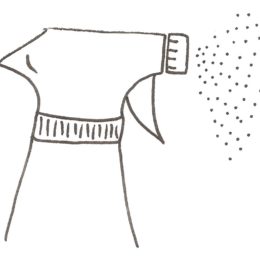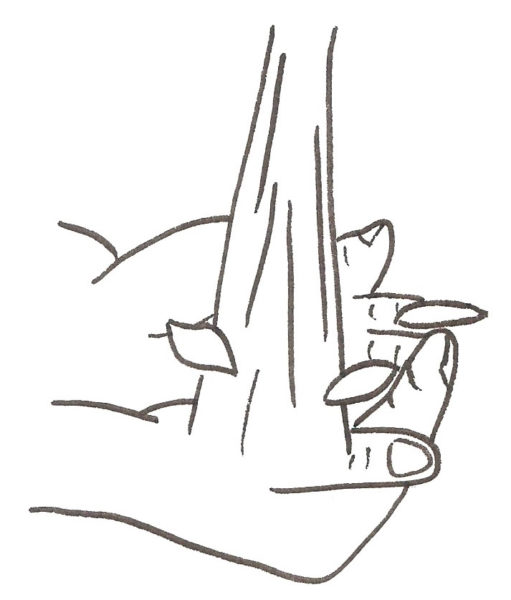Stay safe from new coronavirus with these nine steps
Los Angeles County confirmed 20 cases of coronavirus COVID-19 on March 5, but panic spread much faster than the virus itself.
People are saving up toilet paper and bottled water, which serve little purpose in a breakdown of services. Only a measured response allows businesses and government agencies to deploy resources strategically.
The Center for Disease Control confirmed 157 cases in California, but the virus’s spread in the U.S. may not be comparable to what happened in Wuhan, China, where the disease originated.

The Los Angeles County Board of Supervisors and the Department of Public Health declared a “public health emergency” in a statement on March 4.
Citrus College has not reported any cases, Automotive Technology instructor Dave Brown said in an email.
People should not panic. Instead, they should understand the severity of the virus and what can be done to prevent its spread. Even the least prepared have reason for optimism.
Population density in the disease’s epicenter, Wuhan Province, is much higher than L.A. County. The number of people who contracted the illness is likely much higher than reported. If true, COVID-19’s mortality rate would be lower than previously known. The CDC reports victims over age 65 have an 8% mortality rate.
Viruses don’t thrive in hot dry weather. California’s climate may be the best protection against the spread of the disease.
To prevent contracting or spreading COVID-19, take the following precautionary measures:
1. Identify the symptoms: The early symptoms of COVID-19 are fatigue, intermittent fever and dry cough. The CDC warns unless exposed to a traveler from Italy, China, South Korea or Iran, infection is unlikely. Symptoms don’t show for five days and worsen after one week.

2. Anyone who has symptoms associated with the virus should avoid crowds. The World Health Organization says COVID-19 is less transmissible at distances more than three feet. The CDC recommends a distance of six feet.
Maintain a healthy distance from those prone to getting sick, especially smokers and the elderly.
“The greatest risk of infection is among those who are in close contact with people who have COVID-19,” said the CDC’s Dr. Nancy Messonnier in a media conference call. While no mask can create impermeable protection from the virus, the less airborne particles enter the respiratory system, the better.
3. Stop smoking now. Immediately cease smoking, vaping or anything that could compromise lung health. The World Health Organization warns those with chronic respiratory problems are most vulnerable to severe infections from the virus.
4. Eat well for respiratory health. Choose foods known to boost lung health such as salmon, sardines, walnuts and broccoli. These could prove helpful in resisting a respiratory infection.
5. Don’t touch your face. The CDC and WHO warn the virus is transmitted primarily through facial contact. Keep fingers out of eyes, nose, ears and mouth.
6. Don’t hoard supplies that can save medical professionals. Masks can become scarce if everyone hoards them. Leave them for medical professionals coming in contact with the sick daily.
7. Be Prepared — New York Times reporter Donald G. McNeil recommended stocking up to a month’s supply of necessary food and medicine. Services can break down in a pandemic. Be prepared. In Wuhan, China, services for millions of people broke down during the busiest holiday, Chinese New Year.
8. If sick, call a doctor — they may advise you to self-quarantine. Quarantining the sick is the most effective way to slow the spread of the disease.
Stopping the disease is crucial in the months before a vaccine or another treatment is developed.
9. Wash hands thoroughly and regularly. Wash hands for 20 seconds with soap, and please see step 6. Thorough washing prevents the spread of microbes including viruses.
Follow the steps to keep healthy. Taking precautionary measures will keep the virus from spreading to the vulnerable.

Illustration By Andrea Cisneros


